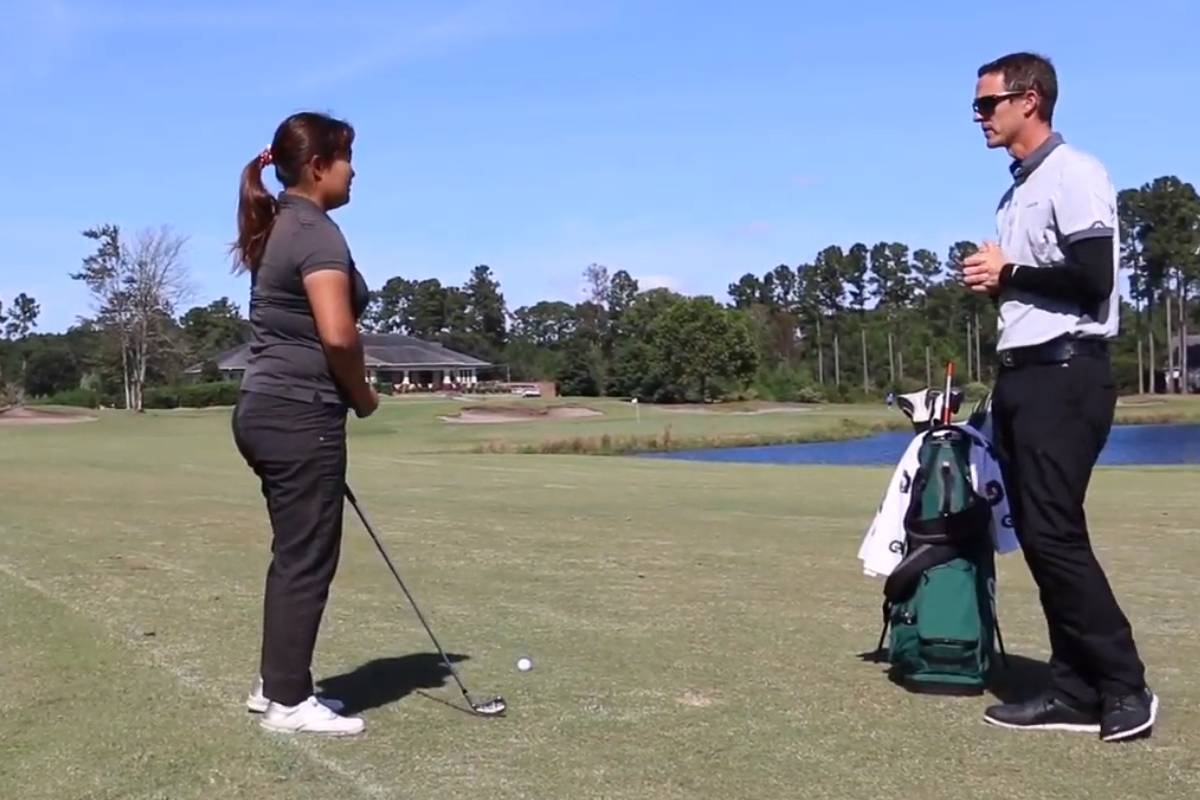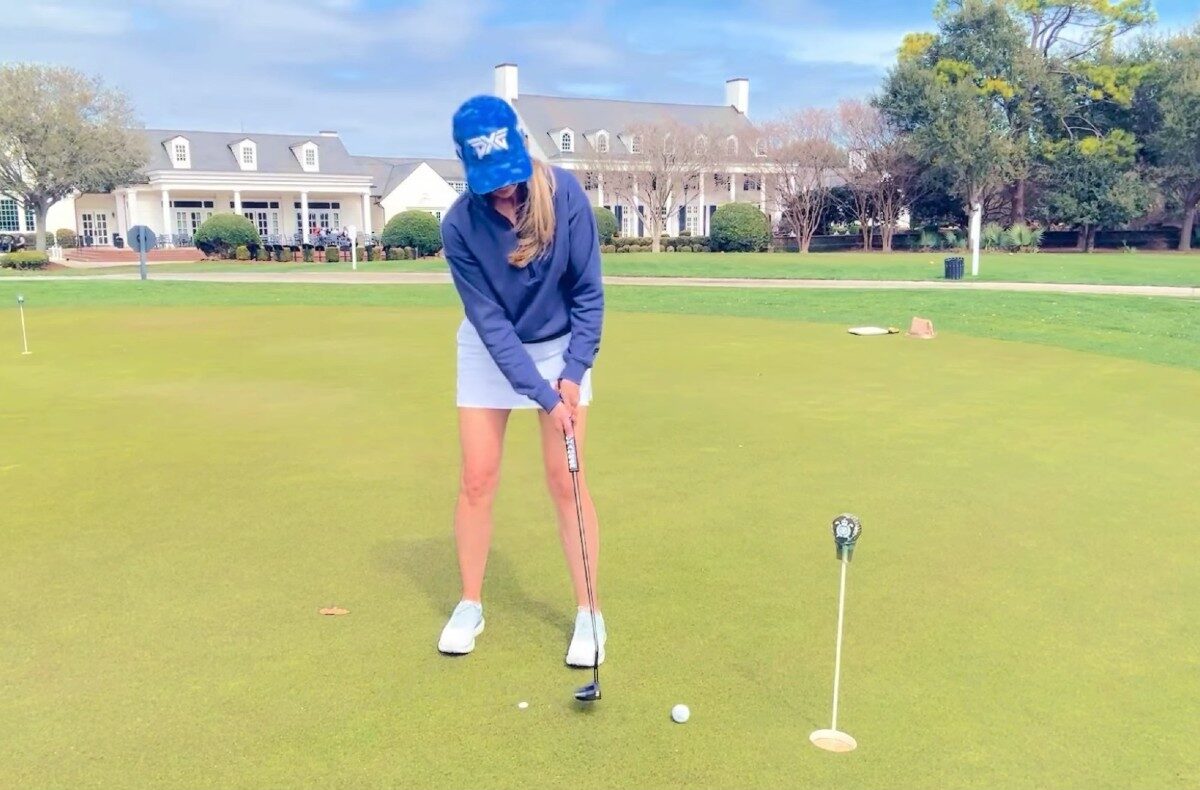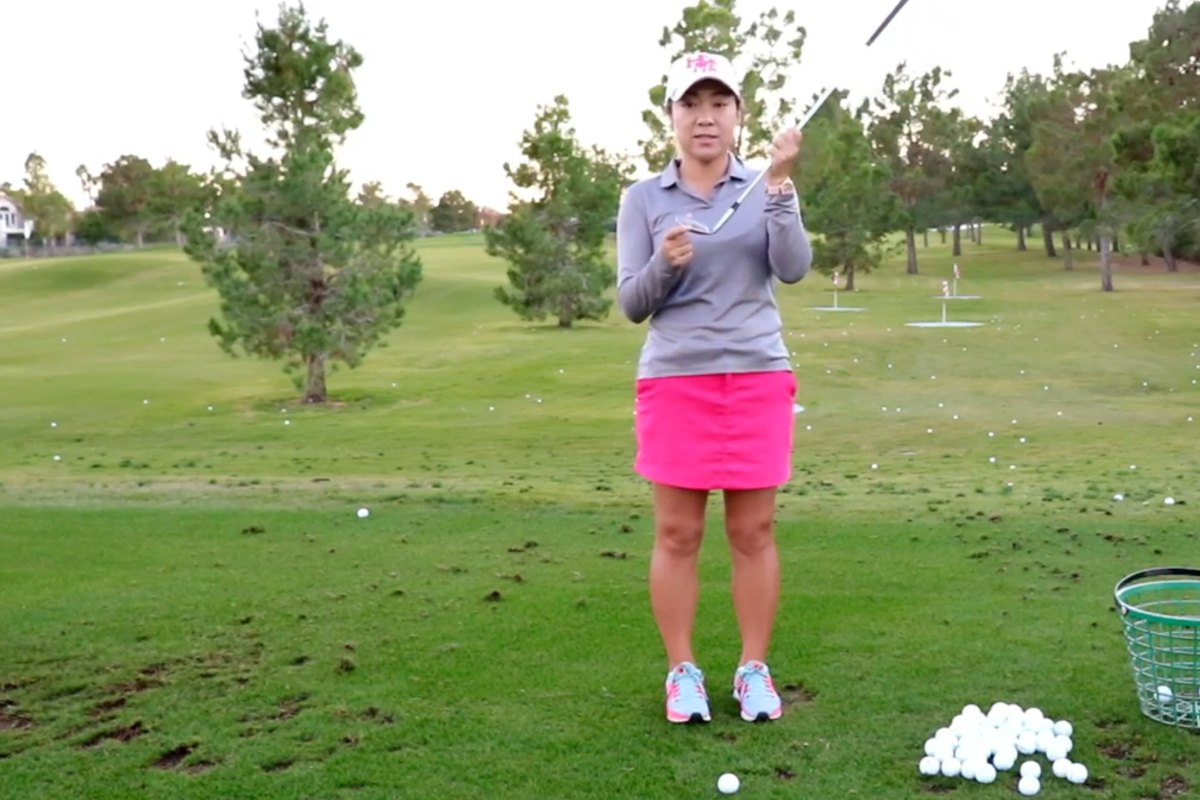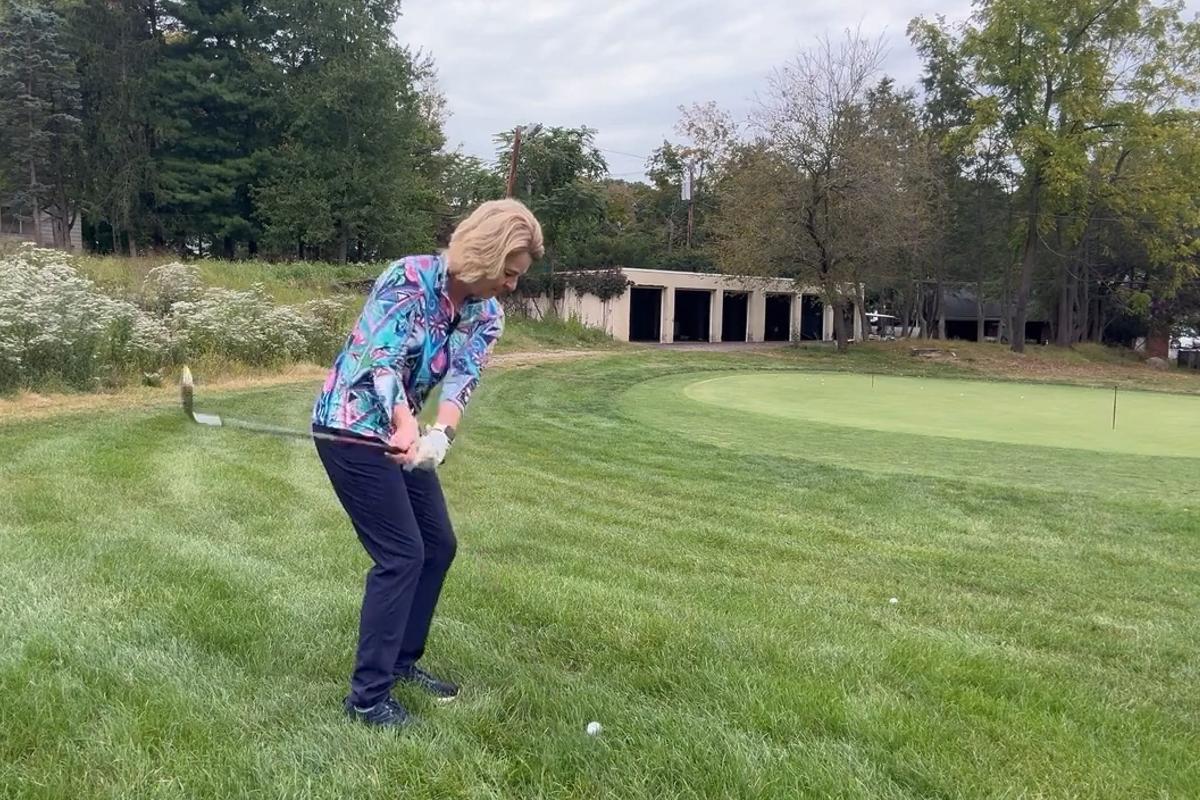Course Management and Yardages
In this video lesson, my student Sae Saito plays an entire par four hole to demonstrate the importance of knowing the key yardages in your target area and show how that having that knowledge ties in with your course management.
Course management is one of the most overlooked areas of modern coaching because improving technique is so often the focus in lessons. Yet from my years of coaching young junior golfers through to elite players, one of the quickest and easiest ways to improve your score is by improving your thinking when you are out on the course. Golf is like a game of chess, you have to correctly position your golf ball on the course just like you strategically move the chess pieces around the board.

From the tee shot, Sae uses her range finder to get the critical information that will help her play the shot she needs. Course management and yardage knowledge help ensure that this shot will have the highest probability of success. Using the information Sae can choose the club and target so that if she hits her shot poorly, it won’t be a bad miss and cost her too many strokes.
Too many times I see players going for the “Hollywood” shot, the one that if they were given one hundred golf balls, they would get the desired result only once or twice. Understanding that professional LPGA and PGA Tour players only hit one or two shots each round that they are truly happy with, gives you an insight that even the best players don’t always hit good shots. Good course management allows good players miss their shots to safe areas near the target and enables them to play aggressively when the course allows. This strategy helps them maintain momentum during their round, even when they make a bogey or worse.
Upon hitting her tee shot Sae’s ball finished just short of the bunkers. From this position on the fairway, before Sae makes her approach shot into the green, she calculates multiple yardages to the front of the green, flag and back of the green. This again is something that I don’t often see with amateur golfers. More often than not, distance to the flag is the only yardage that is gathered. If insufficient thought is put into the shot and target area, even good shots can be punished. For example, if the flag was at 150 yards and the back of the green was at 154 yards, a great shot that lands at 153 yards, can finish long of the green and in trouble which may lead to a bogey or worse.
Remember to get your yardages while your playing partners are taking their shots and don’t hold up the pace of play – always keep up with the group in front.
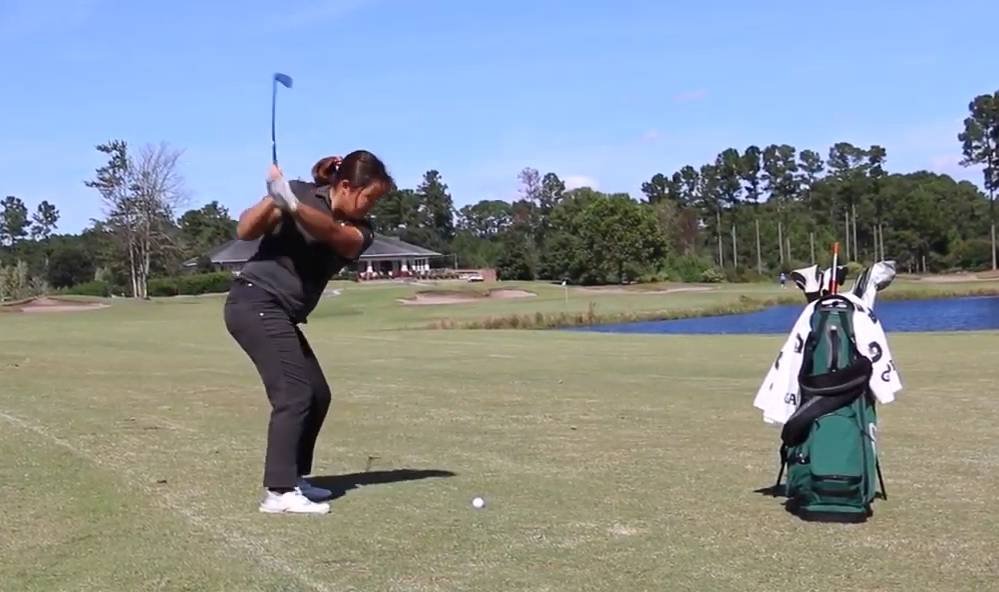
As Sae comes onto the green she is already assessing the putt that she has in front of her, she has around 50-60 feet. Her main goal from here is to get the putt within about 5 to 6 feet, this 10% zone is often the goal of tour players. Statistics have shown that for the average golfer 3-putt territory starts at around 16 feet. Sae’s focus here is speed, this is where hours of practice on the putting green, while under practicing under pressure, prepare her for this situation.
While playing this par-four, even though Sae didn’t hit any of her shots perfectly, through her yardage knowledge and smart course planning she was still able to make par. It is the sign of a good player that when they aren’t playing at their best (which happens frequently, even to professional players) they can still finish with a good score.
I hope you’ve picked up some good tips from watching Sae play this hole. Try spending more time focusing on the key yardages around your target area and see the effect course management can have on your scores.
Daniel

